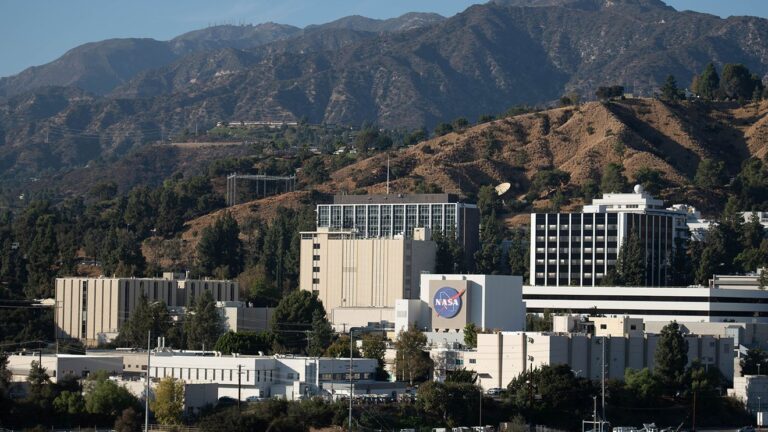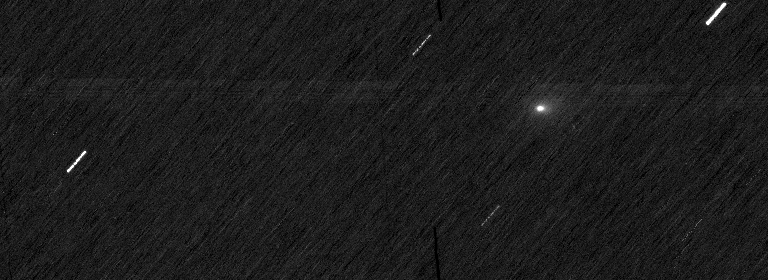Key Takeaways:
The alignment took place January 6, 2008. Using the European Space Agency’s (ESA) Cluster and Mars Express missions to provide data from Earth and Mars, respectively, scientists compared the loss of oxygen from the two planets’ atmospheres as the same stream of solar wind hit them. This allowed a direct evaluation of the effectiveness of Earth’s magnetic field in protecting our atmosphere.
They found that while the pressure of the solar wind increased at each planet by similar amounts, the increase in the rate of loss of martian oxygen was 10 times that of Earth’s increase.
Such a difference would have a dramatic impact over billions of years, leading to large losses of the martian atmosphere, perhaps explaining or at least contributing to its current tenuous state.
The result proves the efficacy of Earth’s magnetic field in deflecting the solar wind and protecting our atmosphere.
“The shielding effect of the magnetic field is easy to understand and to prove in computer simulations, thus it has become the default explanation,” said Yong Wei from the Max Planck Institute for Solar System Research, Germany.
Now, by making measurements during a planetary alignment when the two planets were being hit by exactly the same part of the solar wind, the team has proved it in reality.
They now hope to extend their work by incorporating data from ESA’s Venus Express spacecraft, which also carries a sensor that can measure the loss of its atmosphere.
Venus will provide an important new perspective on the issue because, like Mars, it has no global magnetic field, yet it is similar in size to Earth and has a much thicker atmosphere.
It will, therefore, provide unique data to help place the Earth and Mars results in context.
There are a number of upcoming planetary alignments that will provide good opportunities for such studies.
“For the next few months, there is a good alignment between the Sun, Earth, Venus, and Mars, and observations made by many spacecraft, including Mars Express, Venus Express, and NASA’s STEREO solar observatory, will be analyzed together,” said Olivier Witasse from ESA.
Cluster will continue to play an important role in these studies, too. It is the only mission in near-Earth space capable of taking such measurements.
In addition, scientists are keen to observe how the increase in solar activity associated with the current solar cycle may affect the loss of atmospheric particles from all three planets.
“The European family of solar system missions, with their unique observational capabilities, will play a vital role in studying this behavior during the approaching maximum in solar activity,” said Matt Taylor from ESA.










